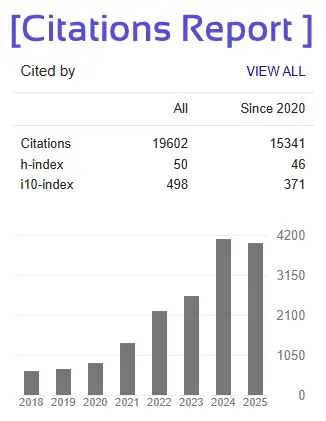TELEMEDICINE AND VIRTUAL CARE SERVICES
KANCHAN KUMARI
UNDER THE GUIDANCE OF Dr. KARTHICK SWAMINATHAN
MASTER OF BUSINESS ADMINISTRATION
SCHOOL OF BUSINESS
GALGOTIAS UNIVERSITY
ABSTRACT
Telemedicine and virtual care services utilize electronic information and communication technologies to deliver healthcare remotely, overcoming geographical barriers between patients and providers. These services include real-time video consultations, remote monitoring, store-and-forward transmission of medical data, and telephonic interactions, enabling timely diagnosis, treatment, and follow-up without the need for in-person visits. Telemedicine has expanded access to care, particularly for patients in remote or underserved areas, and has proven cost-effective by reducing unnecessary emergency and urgent care visits. It encompasses a broad spectrum of applications, from routine consultations and chronic disease management to specialized fields like telepsychiatry, tele pharmacy, and trauma care. Beyond clinical care, telemedicine supports professional education, administrative functions, and healthcare system integration. The COVID-19 pandemic accelerated telemedicine adoption, demonstrating its value in maintaining healthcare delivery while minimizing infection risk. Overall, telemedicine enhances healthcare accessibility, efficiency, and continuity, while addressing challenges related to digital access and infrastructure. Telemedicine and virtual care services face a range of challenges despite their significant benefits in improving healthcare accessibility and efficiency. Key obstacles include technological limitations such as inadequate bandwidth, poor internet connectivity, and lack of user-friendly platforms, especially in rural or underserved areas. Regulatory and legal issues pose significant barriers, including inconsistent licensure requirements across regions, unclear legal protocols, and the absence of standardized payment and reimbursement models for telehealth services. Financial concerns also arise due to the high initial costs of infrastructure and training, compounded by limited insurance coverage and reimbursement policies. Additionally, cultural resistance and lack of digital literacy among both healthcare providers and patients hinder widespread adoption. Privacy and security risks related to patient data transmission further complicate implementation. Overcoming these challenges requires coordinated efforts to improve infrastructure, establish clear regulations and payment frameworks, enhance training, and address ethical and social considerations to fully realize telemedicine’s potential in modern healthcare systems.







